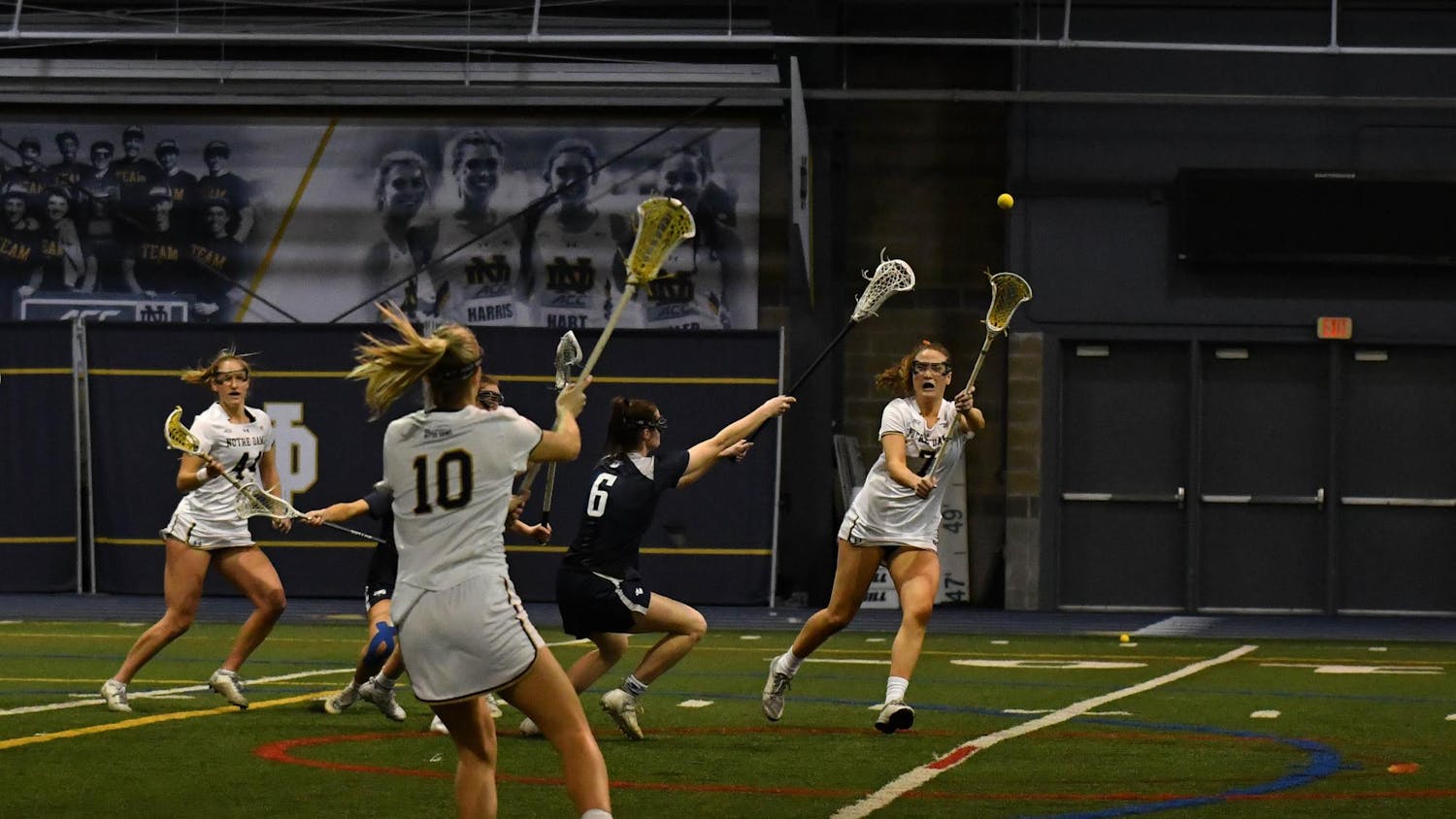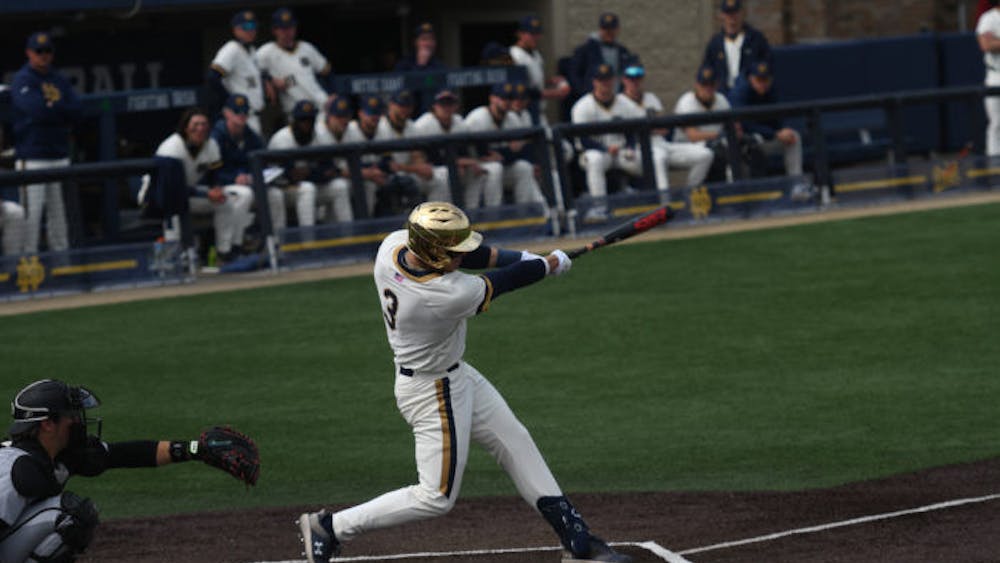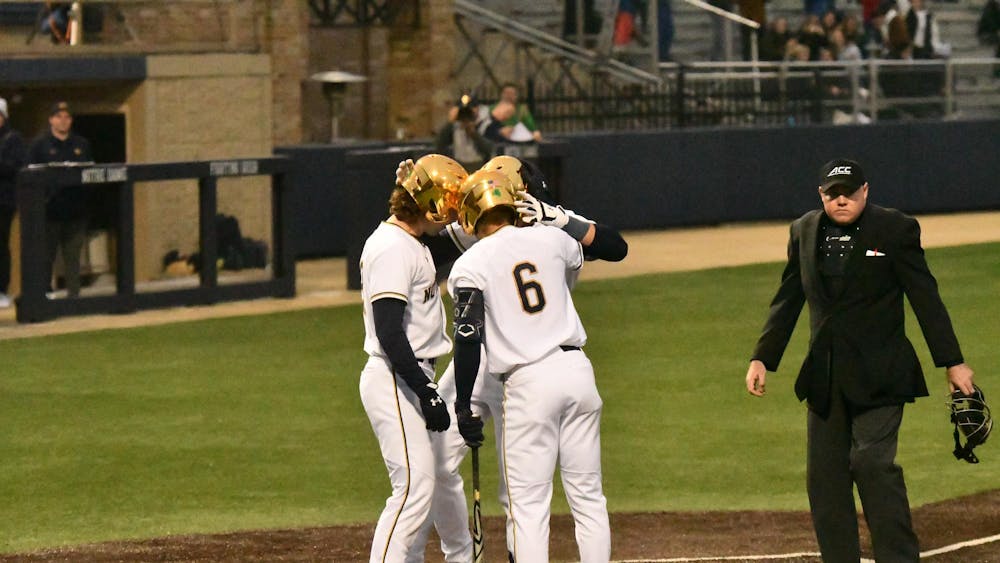To the surprise of no one, I’m going have to dedicate this Sports Authority to the NBA … at least in part. My admittedly extreme bias toward the NBA aside, we have to acknowledge the accomplishment that was the NBA bubble and the NBA’s response to the early spikes of COVID-19 back in March.
I distinctly remember sitting on a rooftop bar in Santiago, Chile, on March 11, having just found out our study abroad program was being cancelled when I received a call from my dad who was supposed to be at the Thunder game against the Jazz in Oklahoma City that night. Up until that point, getting sent home from a country with relatively few cases seemed like a broad overreaction, considering how little life in America seemed to have been impacted. Of course, that would prove to be very wrong, as the world quickly skid to a halt. But that skid only came on the back of a positive test by Jazz forward Rudy Gobert. Yes, events and leagues around the world had started conversations about adjusting plans with minimal or no attendance but that all seemed like a contingency plan, unlikely to come to fruition. However, from the time I hung up with my dad following a 10-minute conversation on his walk home from the postponed game and into the wee hours of the next morning, it seemed like Twitter was blowing up with a series of new cancellations touching every industry.
It’s impossible to know how other leaders would’ve reacted, but Adam Silver certainly rose to the occasion. Without so much as calling a meeting with the Board of Directors, Silver had determined that a positive test within the league would result in an automatic shutdown. Just watch Dallas Mavericks owner Mark Cuban’s reaction to the news to know how autonomously Silver acted in a time of such uncertainty.
It’s one thing to shut down, but it’s a whole other thing to start back up, and that’s where Silver and the NBA distinguished themselves. After extensive planning between Silver, Disney CEO Bob Iger and Chris Paul, president of the NBA Players Association, the league finally returned to play in late June, gathering in Orlando at the ESPN Wide World of Sports Complex. Over the course of the next three and a half months, the league managed to complete the regular season and execute a full playoff schedule all while not reporting a single positive COVID-19 test beyond the initial quarantine. Beyond the logistical success, I know I personally was pleased about the fan experience. No, it wasn’t being in a jam-packed arena, but I celebrated Shai Gilgeous-Alexander’s Game 3 winner just as much as I would’ve any other year.
Granted, they had extensive resources at their disposal for regular testing and strict rules in regards to personnel on campus, all costing them a pretty penny of $170 million just to salvage the season. And even then, things weren’t perfect. Countless stories of low player morale emerged from within the bubble, and the national conversation regarding racial inequality was on the mind of virtually every coach and player, some who felt their participation in the bubble was a distraction to progressing the efforts of racial equality, even to the point of a league-wide protest during the first round of the NBA playoffs.
But if it’s so easy, how come other sports didn’t pull it off? With the exception of European soccer (which is likely a result of their governments’ responses), no other major American league has managed to salvage their season so successfully. Both college and professional football have had to cancel games due to outbreaks among teams. And don’t even get me started on baseball. For a sport that’s experienced huge declines in viewership the past couple decades, the fact that they — an outdoor, socially-distanced sport — couldn’t capitalize on this gap in entertainment is beyond me. Spring training essentially is a bubble itself.
Now, as football and baseball try to manage the realities of a traveling schedule, the bubble has come to an end. The Lakers have been crowned champions no less than nine months after Kobe Bryant died, and the Heat have returned to South Beach no doubt enthused by the potential of what’s to come with the young group. But the challenges aren’t over. The pandemic still rages on and racial inequality is nowhere near being solved. This is where the true test will arrive for all organizations, including the NBA.
The NBA has long prided itself in being the “woke” league. In part because of the public influence individual players have, far greater than that of any other sport (even football), the league has historically championed public causes of racial and gender equality. Pride Night? The NBA has it. Paint “Black Lives Matter” on the courts? The NBA did it. Declare that going forward at least 50% of new hires to the league will be women? Silver said it. Of course, that’s not taking into consideration the NBA’s efforts to silence then-Rockets general manager Daryl Morey tweet supporting Hong Kong protesters last October. As the Playoff Round 1 protests indicated, the players, coaches and even officials want more than talk, though. They’re sick of just t-shirts and social media posts. They want the people with power — the owners — to put their money where their mouth is. More importantly, they’re no longer agreeing to keep politics out of sports. For them, sports are political. It’s their platform and their opportunity to advocate for causes that directly impact them or their communities.
On top of that, the challenges of COVID-19 to in-person fans are showing no sign of improving. How will the league manage a season (maybe more) without the environment and revenue of fans? That remains to be seen. I certainly have faith that if anyone can pull off a long-term model, it’ll be the NBA, but that may be a tall task even for them.
Like most everything in this world, sports will likely never be the same post-March 11. The NBA’s swift actions set off a domino effect of necessary shutdowns. Rather, the world is learning to live with this virus, developing safe alternatives to former norms. With and unknown offseason timeline in play, the NBA is set for their biggest test yet.













